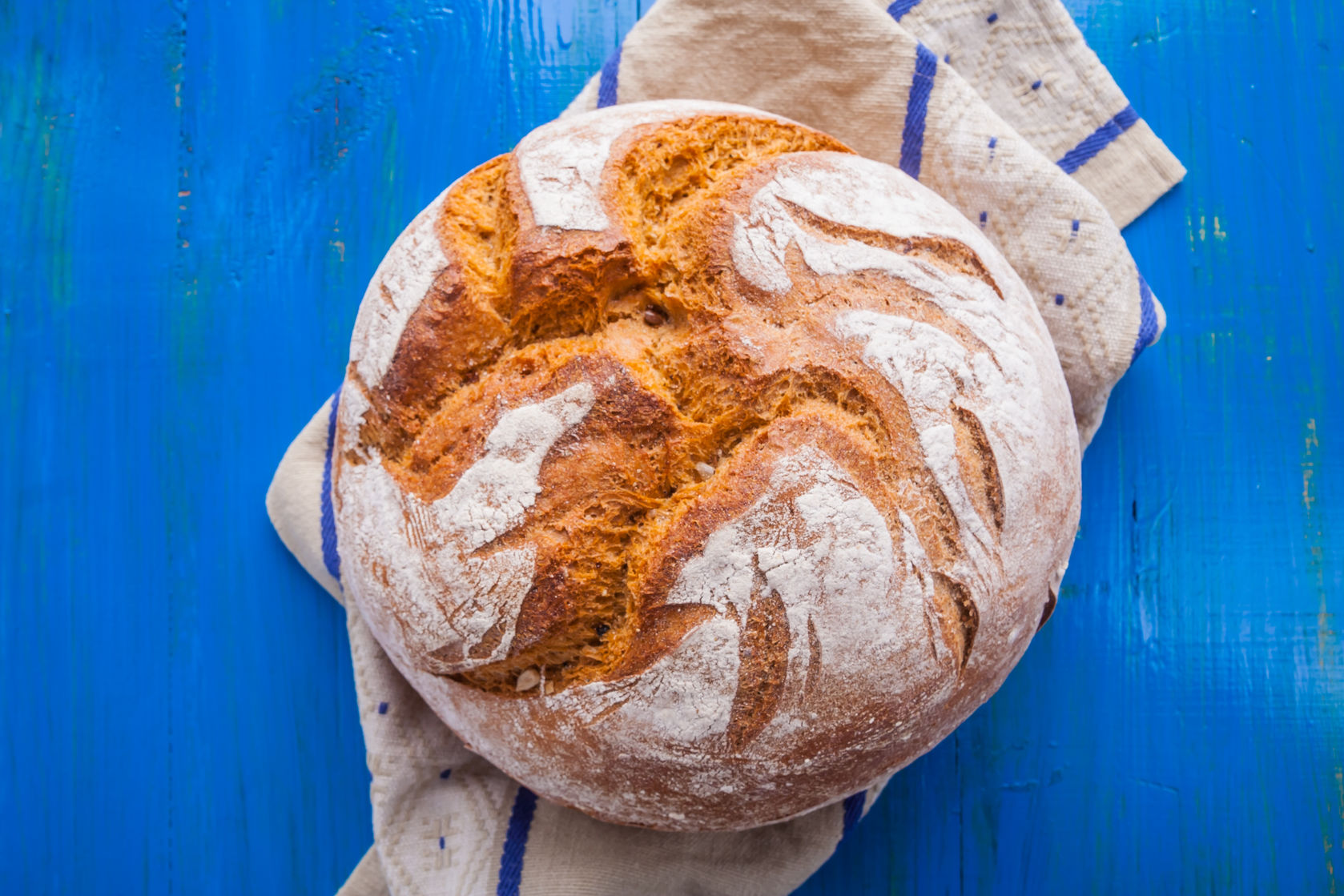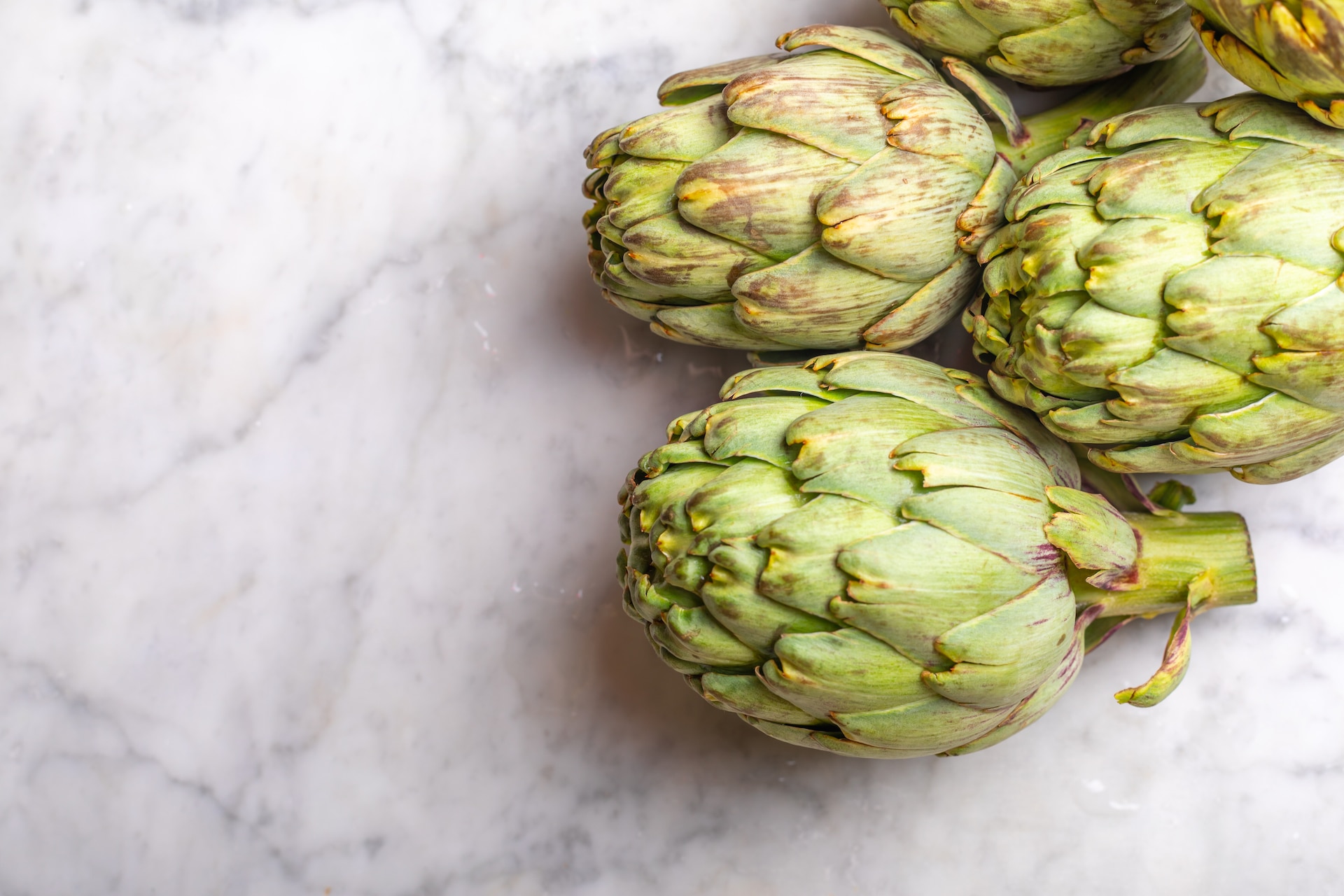Home » Eat Empowered » A Nutritionist’s Guide to Lentils
There’s a reason we’re in love with lentils. Packed with protein, fiber, antioxidants and key minerals, lentils are among the most underappreciated nutrition powerhouses. Intrigued? We’re breaking down the basics of lentils, including the different types, their health benefits, and how to cook them.
Types of Lentils
Lentils, which are part of the legume family along with beans and peas, come in various shapes and colors. Here’s a quickie rundown of the most popular types of lentils.
Green Lentils
Also known as “French lentils,” green lentils are among the most commonly consumed lentils in the U.S. One-quarter cup dry (which is about two-thirds cup cooked) provides 11 grams of protein along with 8 grams of fiber for 170 calories. You’ll also get 10% and 15% of your daily recommended intake of potassium and iron, respectively.
Black Lentils
Black, or beluga, lentils tend to be smaller in size than their green counterparts. But don’t let their miniature appearance fool you—just one-quarter cup of dry black lentils serves up an impressive 11 grams of plant-based protein and 5 grams of dietary fiber for 150 calories.
Just like with green lentils, you’ll get 15% of your daily recommended amount of iron from this serving. Black lentils are slightly lower in potassium compared to their green and red cousins, offering 6% of one’s daily potassium needs per one-quarter cup uncooked.
FYI: Both black and green lentils tend to come whole (with their outermost layer, called the husk, intact), so they keep their shape even after cooking. Split lentils, on the other hand, tend to cook and break down quicker, making them a great choice for soups and stews.
We’re all about tossing cooked beluga lentils into salads or sauteing them with caramelized onions and warming spices like cumin for a nourishing dinner side.
Red Lentils
If protein is your priority, opt for red lentils. The same one-quarter cup serving (dry) provides an impressive 14 grams of protein (more than you’ll get from two eggs!) and 180 calories. Fiber-wise, expect to get a solid 7 grams, plus that same 10% and 15% of your daily potassium and iron needs, respectively.
Brown Lentils
Brown lentils clock in similar to their peers from a nutrition standpoint. One-quarter cup (dry) delivers 11 grams of protein, 9 grams of dietary fiber, and the same amount of potassium and iron for 180 calories.
Health Benefits of Lentils
Clearly, lentils are a no-brainer for those seeking to up their plant protein consumption (which should really be all of us). Unlike animal proteins that deliver saturated fat—the type of fat that can raise our bad LDL cholesterol—plant-based proteins like lentils are free of saturated fat.
Friendly reminder: we’re all for fats, but the type of fats we consume is key. Limiting our intake of animal proteins packed with saturated fat (think: bacon) and replacing them with plant-based alternatives like lentils is never a bad idea.
Lentils are packed with dietary fiber, which is critical for stabilizing blood sugar levels as well as—you guessed it—helping to lower bad LDL cholesterol levels.
Of course, fiber also supports digestion, so it can help keep us regular. Also amazing: lentils contain a type of non-digestible carbohydrate called resistant starch that acts as a prebiotic, meaning it helps maintain a healthy gut microbiome. We recommend sticking with about one-half cup cooked lentils as a serving; eating a large quantity at once may bring on gas and bloating in sensitive individuals.
Lentils also provide key vitamins and minerals like folate, iron, potassium, and manganese. Folate (AKA vitamin B9) is critical for red blood cell function and heart disease prevention, while potassium helps maintain healthy blood pressure levels.
Wondering which type of lentils are the healthiest? Don’t stress. Since each variety serves up a similar nutritional profile, we recommend simply choosing your favorite. You’ll get a hit of plant-based protein, gut-friendly fiber, and key nutrients regardless of the type you choose to cook up.
How to Cook Lentils
Unlike dried beans that require soaking, lentils can be cooked in 20 minutes start to finish. Yes, please!
For a large batch of lentils, combine 1 cup of dried lentils with 3 cups of water in a large pot. Bring the water to a boil, then reduce the heat to a simmer and cover the pot until the lentils are soft. Whole green, black or brown lentils can take 20 to 30 minutes to become tender, while split red or orange lentils may be ready in just 10 to 15 minutes.
Looking for more tasty ways to enjoy lentils? We’re obsessed with this Grilled Cod Over Lentil Currant Salad!
(Image: Shutterstock)
Anthea Levi, MS, RD, is a Brooklyn-based registered dietitian and health reporter. She currently works in private practice at Culina Health and contributes to various media outlets, including Livestrong.com and Nutritious Life.
RECENT ARTICLES

Want a sneak peek inside the program?
Get FREE access to some of the core training materials that make up our signature program – Become a Nutrition Coach.
Get Access"*" indicates required fields
 Eat Empowered
Eat Empowered













































































































































































































































































































































































































































































































































































































































































































































































































































































































































































































































































































































































































































































































































































































































